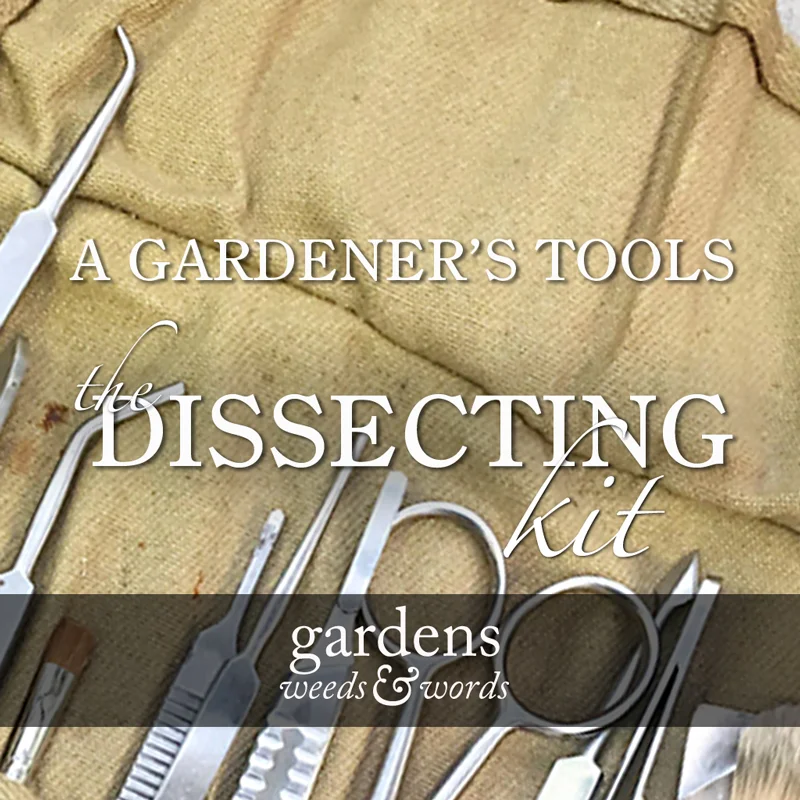“Find yourself a table fork. Get one from a charity shop, car boot, trendy department store- I don’t care. It’s just got to be right. A fork is the most useful tool you can have in here.”
That was the introduction I gave to our apprentice Ben when he began working with me in the polytunnels. He already knew I was batty, so I had nothing to lose, and I wanted to make sure he was properly introduced to my most used, and most advocated for, propagation tool.
My own fork was sitting on the workbench when I moved into the polytunnel. I was beginning my first full-time horticultural job after a two-year apprenticeship – the same one I was now teaching Ben on. Those first few weeks were spent getting to know the plants I was now responsible for of course, but also deciding what kind of propagator I would be. When I was repotting the hordes of pot-bound plants that had been waiting for me, my hand reached towards an unassuming steel fork with a half-hearted floral pattern on the handle. It was strong enough to tease out the cramped, knotted roots without tearing into the root ball, and small enough to daintily pick off the moss and liverworts growing on the soil surface without damaging the plant beneath.
When I next reached for the fork, I was taking cuttings to bulk up our collection of lavender cultivars. The narrow handle served as a perfect dibber, as I often found that the purpose-made ones were too large and felt clumsy in my hands. Weeks later, once they had rooted, the other end was the perfect size to carefully lift the rooted cutting out of the sand bed without disturbing its neighbours. The fork crept its way into my canvas dissection kit roll.
Within months, the native plants project that I look after really began to take off and I found myself inundated with seed collected from around Wales. All of it had to be sown, germinated, pricked out and potted up. Although I was constantly using my dissection kit, left over from my uni days and now filled with many interesting tools that my magpie-eyes had repurposed for propagation, nothing was ever quite as useful as my fork. It went from a random piece of junk hanging about on the workbench to a valued part of my propagation arsenal, a symbol of who I now was as an horticulturist. Whenever I talk to people about it I’m well aware that I sound crazy, but in an industry where there are all too many companies offering the newest bit of plastic that will ‘do the job for you’, I think it’s important that we remember that we have the ultimate agency in what we use. I like to think that by being more creative and more resourceful, we can stick a finger up at companies that want us to believe that only by buying something will we be able to improve our gardens, our lives or ourselves.
Carly works as a propagator at the National Botanic Garden of Wales, and can be found on twitter as @floramental.







Robbie Blackhall-Miles of Fossil Plants wonders what his grandma would make of what he’s been getting up to with her butter knife. This is the third post in the series on A gardener’s tools.